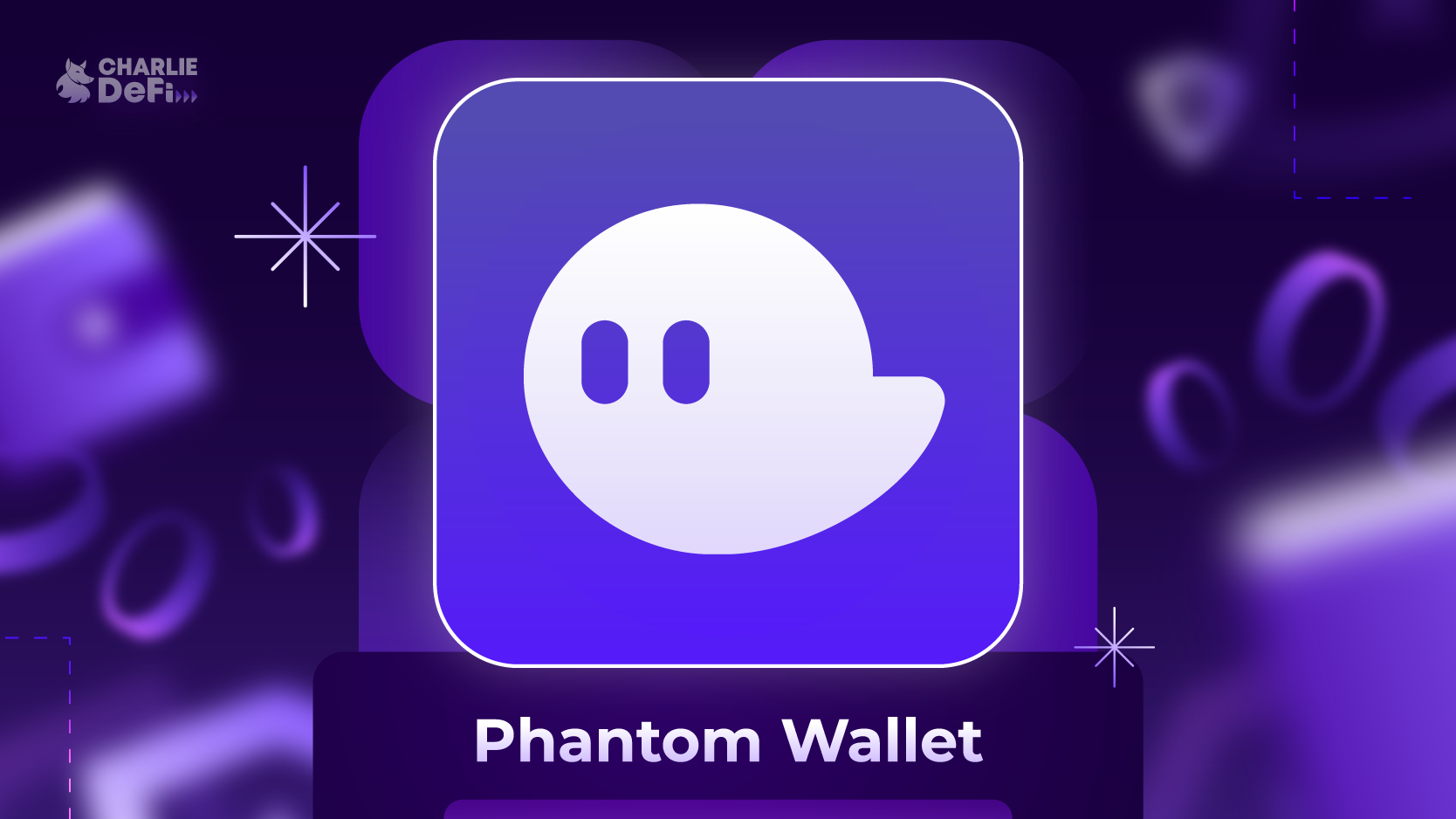So, I was fiddling around with different Solana wallets the other day, and man, something felt off about most of them. You know that gut feeling when something’s just not quite right? Yeah, that one. Then I stumbled onto Phantom wallet, and honestly — wow! It’s slick, intuitive, and doesn’t make you jump through hoops every time you want to send or receive SOL or NFTs.
Here’s the thing. Wallets can get complicated fast, especially when you’re juggling multiple tokens or exploring Solana’s DeFi scene. Phantom’s browser extension changes the game by making that complexity almost invisible. It’s like it just gets what users need before you even think about it. Initially, I thought it was just another wallet with a shiny interface. But nope — the deeper I dug, the more I realized it’s designed by folks who actually live and breathe Solana.
Seriously? Yep! The experience feels seamless, and security is tight without making you feel like you’re signing your life away every time you connect. Oh, and by the way, the way it handles NFTs? Smooth as butter.
Something I really appreciate is how the wallet integrates with various Solana dApps. You don’t have to leave your browser or jump through a million verification hoops. It’s one click, and you’re in. That’s a huge deal because, let’s be honest, most crypto tools make you feel like you’re installing rocket science software.
My instinct said this was worth a deeper look, so I kept poking around, testing transactions, and even trying to mess it up. Spoiler: it held up pretty well.

Phantom Extension: Convenience Meets Security
Okay, so check this out — the Phantom wallet official site lays out its features pretty clearly, but what they don’t always highlight is how the extension balances ease-of-use with security. You get a non-custodial wallet, meaning you hold your private keys, but it doesn’t feel like you’re carrying a ticking time bomb. The interface helps you avoid common mistakes, like sending tokens to the wrong address, by confirming details in a user-friendly way.
At first glance, the UI looks minimalistic, almost too simple. I thought, “Is it missing something?” But then I realized that’s the point. It’s not cluttered with unnecessary bells and whistles that confuse newcomers or slow down pros. On one hand, you want all the technical options; on the other, you don’t want to drown in them. Phantom nails that balance.
One very very important feature is its support for hardware wallets like Ledger. That adds an extra layer of security for folks who want it, without alienating those who prefer to keep things straightforward. Honestly, wallets that don’t offer this feel kinda half-baked to me.
Something else that bugs me about some wallets is the sluggishness during peak network times. Phantom, however, performs consistently well, which is impressive given how busy Solana can get.
To me, this shows the team behind Phantom really understands the ecosystem and the user experience. They didn’t just slap together a wallet and call it a day.
Why Solana Users Should Seriously Consider Phantom
If you’re deep into the Solana ecosystem and haven’t tried Phantom yet, you’re missing out. It’s not just another wallet; it’s almost like a gateway to everything Solana offers. From staking SOL to swapping tokens and managing NFTs, Phantom feels like it was built with the user’s flow in mind.
Here’s where I get a bit subjective — I’m biased, but I find the onboarding process refreshingly straightforward. Setting up a new wallet can be a pain, but Phantom walks you through it without that overwhelming jargon. For someone newer to crypto, that’s huge. For veterans, it’s a breath of fresh air.
What’s more, the community buzz around Phantom is strong. People genuinely talk about it as the go-to wallet for Solana. That kind of organic endorsement usually means the product delivers beyond marketing hype.
Actually, wait—let me rephrase that. While Phantom is excellent for most use cases, if you’re someone who needs multi-chain access regularly, it might feel a bit limited. It’s laser-focused on Solana, which is great if that’s your jam, but not if you want to manage Ethereum or Binance Smart Chain assets in the same place.
Still, for pure Solana usage, it’s hard to beat. And if you want to check it out yourself, the phantom wallet official site is a solid place to start.
Something else I noticed — the frequent updates keep rolling in. That tells me the devs are actively improving the wallet, which is reassuring in a space where projects often get abandoned.
Anyway, I’m not 100% sure where Phantom will go next, but right now, it’s a standout for Solana users who want security without sacrificing ease.
Common Questions About Phantom Wallet
Is Phantom Wallet safe to use?
Yes, Phantom is a non-custodial wallet, meaning you control your private keys. It also supports hardware wallet integration for added security. However, like with any crypto wallet, always keep your seed phrase safe and never share it.
Can I use Phantom to manage NFTs?
Absolutely! Phantom has built-in support for Solana NFTs, making it easy to view, send, and receive digital collectibles directly within the wallet interface.
Does Phantom support other blockchains?
Phantom primarily focuses on Solana. While it’s amazing for everything Solana-based, it doesn’t natively support Ethereum or other chains yet, so it’s best if your assets live mostly on Solana.
